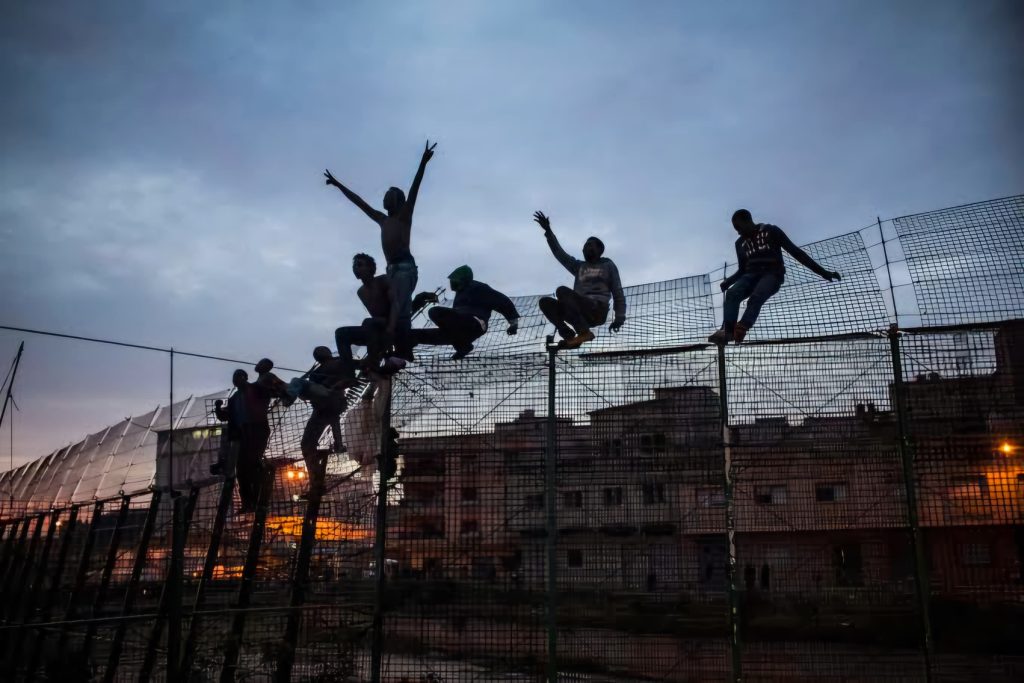Migration across Africa remains a multi-dimensional crisis, driven by political instability, economic hardship, environmental degradation, and armed conflicts. Millions of Africans are internally displaced or forced to flee their countries, enduring life-threatening journeys in search of safety or opportunity. This article delves into the current migration landscape across Northern, West, East, Central, and Southern Africa, examining the underlying causes, humanitarian toll, and the urgent need for sustainable solutions.
Northern Africa: Political Instability, Dangerous Sea Crossings, and Recent Tragedies
Northern Africa, particularly Libya and Morocco, has become a transit hub for migrants trying to reach Europe. Libya, in the aftermath of its 2011 revolution, has remained a key route, with over 600,000 migrants currently stranded in the country¹. Many endure appalling conditions in detention centers or risk their lives crossing the Mediterranean Sea, one of the deadliest migration routes globally.
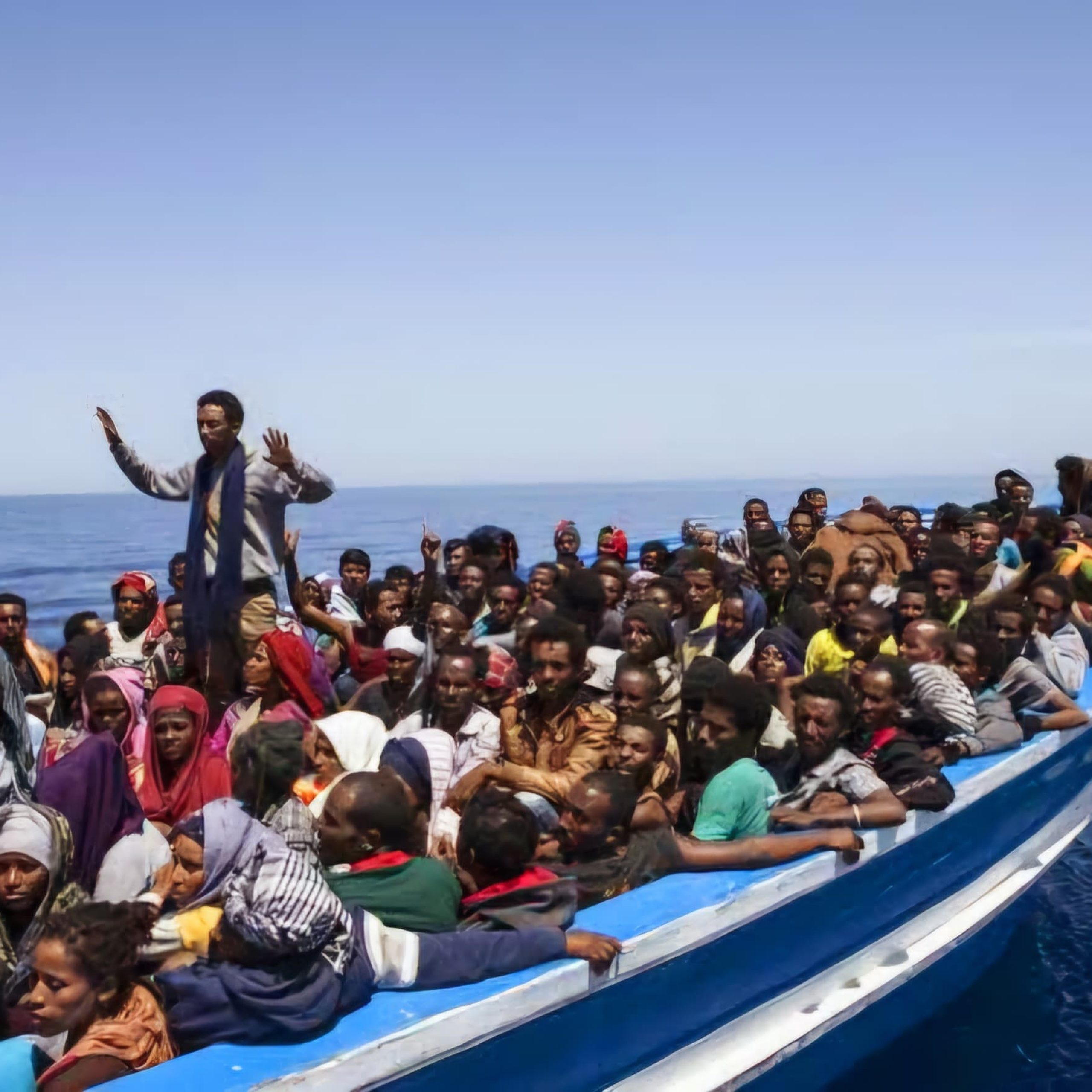
In 2024, the migration crisis along the Mediterranean reached another grim milestone. Over 66,900 people crossed the Mediterranean from Northern Africa to Europe, with at least 631 missing or presumed dead. Just recently, another tragic boat capsized off the coast of Libya, highlighting the perilous journeys migrants continue to face. Despite international rescue efforts, the high death toll and ongoing risks illustrate the urgent need for coordinated action to address the root causes of migration and improve safety for those seeking asylum.
Morocco has also seen a surge in migrants attempting to reach Europe via Spain. The Canary Islands and the Spanish enclaves of Ceuta and Melilla have become key entry points. Migrants risk dangerous sea voyages in overcrowded boats, with many facing harsh treatment upon arrival or interception by authorities. These routes, while shorter than the central Mediterranean crossing, still pose extreme risks, often resulting in fatalities.
Sudan: The World’s Largest Displacement Crisis
Sudan is experiencing one of the most severe displacement crises in the world. The ongoing conflict between the Sudanese Armed Forces and the Rapid Support Forces has displaced over 9 million people, with nearly 2 million fleeing to neighboring countries. This mass displacement has strained the resources of host nations like Egypt, Chad, and South Sudan, creating a humanitarian catastrophe in the region.
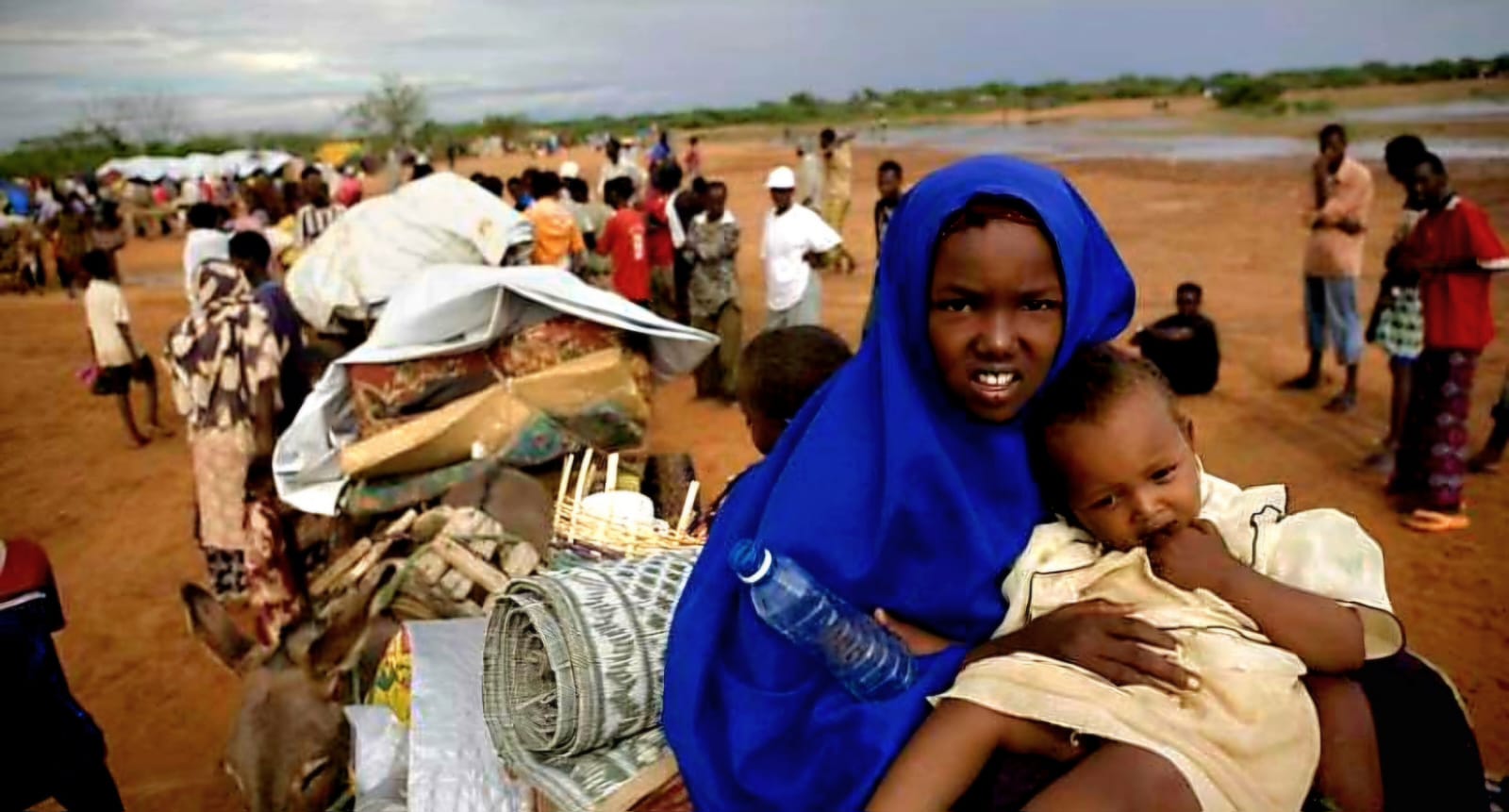
West Africa: Economic Migration, Conflict, and Intra-Regional Movement
West Africa has witnessed a mix of economic migration and conflict-driven displacement. Nigeria, the largest economy in the region, hosts over 1.2 million migrants from neighboring countries. While Nigeria offers opportunities for some, violent conflicts in Mali and Burkina Faso have displaced more than 2 million people across the region, creating complex migration patterns within West Africa.
The Economic Community of West African States (ECOWAS) facilitates the free movement of over 8 million people within the region. However, these migrants face significant risks, especially along routes through the Sahel, where they encounter violence, human trafficking, and environmental challenges. As climate change and desertification intensify, the pressure to migrate is growing, with millions forced to seek better living conditions in urban centers or abroad.
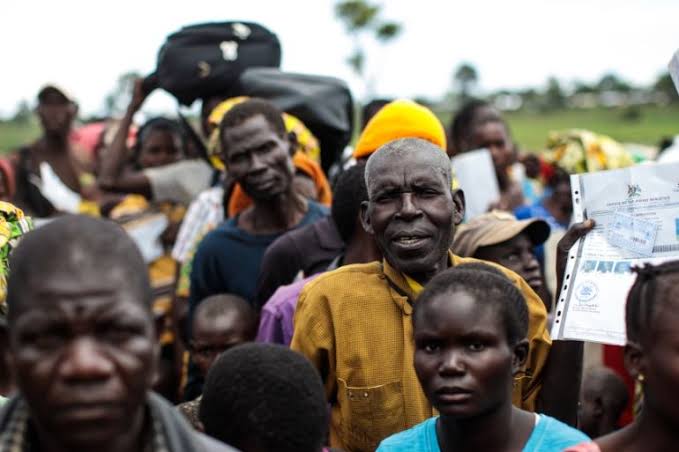
The Kofi Annan Foundation advocates for a holistic approach to resolving the migration crisis in the Sahel and West Africa, emphasizing inclusive development, security guarantees, and democratic reforms.
Central Africa: Conflict and Environmental Degradation Driving Migration
Central Africa is grappling with conflict-driven displacement and environmental degradation. The Democratic Republic of Congo (DRC) alone has over 5.5 million internally displaced persons (IDPs), one of the highest numbers globally. Armed conflict in the eastern DRC continues to force thousands from their homes, adding to an already dire humanitarian situation.
The Central African Republic (CAR) has been mired in conflict for years, displacing over 1.2 million people, many of whom have sought refuge in Cameroon and Chad. Meanwhile, environmental degradation, particularly deforestation, is driving migration across the region. Central Africa loses approximately 1.5 million hectares of forest annually, causing resource shortages and pushing people to migrate in search of better living conditions.
East Africa: Droughts, Conflict, and Urban Migration
East Africa’s migration crisis is shaped by both environmental challenges and armed conflict. Severe droughts in Kenya and Ethiopia have affected over 20 million people, displacing communities reliant on agriculture. These environmental pressures have triggered massive rural-to-urban migration, with cities like Nairobi and Addis Ababa experiencing urban population growth rates of 4-5% annually.
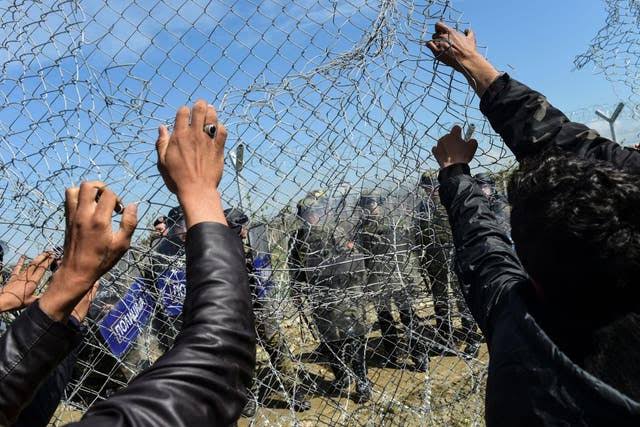
In Somalia, ongoing conflict has displaced over 2.9 million IDPs and forced 800,000 refugees to flee to neighboring countries. Somalia’s fragile political environment, combined with frequent droughts, has exacerbated the humanitarian crisis, with millions depending on international aid.
Southern Africa: Economic Pressures and Rising Xenophobia
Southern Africa’s migration crisis is primarily driven by economic disparities and rising xenophobia. South Africa has long been a destination for migrants from neighboring countries such as Zimbabwe, Mozambique, and Malawi, hosting over 4 million migrants. However, xenophobic violence has escalated in recent years, with significant outbreaks occurring in 2008, 2015, and 2019. These incidents have displaced thousands of migrants and deepened tensions in the region.
Zimbabwe’s ongoing economic collapse has forced over 3 million Zimbabweans to migrate to neighboring countries, primarily South Africa. Hyperinflation, unemployment, and political repression continue to devastate Zimbabwe’s economy, making migration one of the only viable options for its citizens.
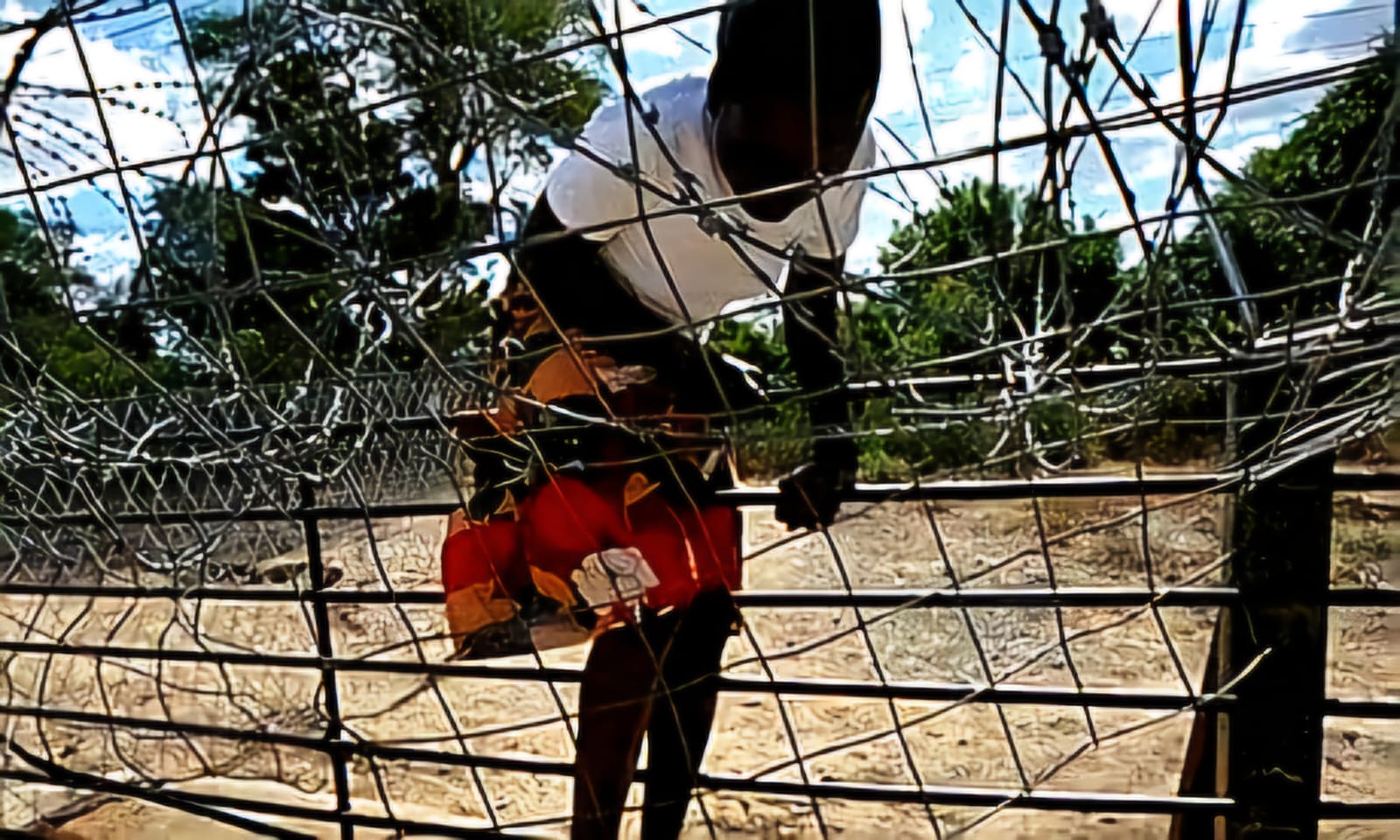
Internal Migration: A Silent but Pervasive Crisis
While international migration often captures media attention, the largest movement of people within Africa is internal, primarily from rural to urban areas. Climate change is a significant driver of this migration. As global warming renders agricultural livelihoods more precarious, an estimated 70 to 110 million people could be forced to make permanent moves to cities in the coming decades.
This internal migration poses both opportunities and challenges. African cities offer economic possibilities, but rapid urbanization also strains infrastructure, housing, and public services. Governments must prepare for this mass rural exodus, ensuring that urban centers can accommodate growing populations without exacerbating poverty or inequality.
Migration Routes and Risks in West and Central Africa
Migrants traveling through West and Central Africa face extreme risks along the migration routes that cross the Sahel. These routes are fraught with dangers, including violence from armed groups, human trafficking, and harsh environmental conditions such as extreme heat and water shortages. Many migrants face abuse, exploitation, or death before reaching their intended destinations.
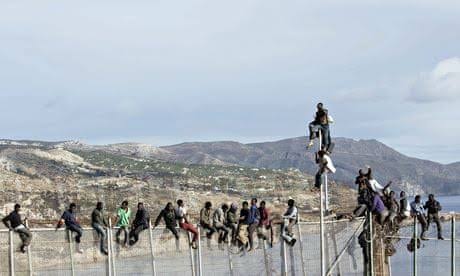
Urgent Need for Holistic Solutions
Africa’s migration crisis is multi-faceted and deeply interconnected with political, economic, and environmental factors. From Libya and Morocco in the north to Sudan in the east and South Africa in the south, each region faces unique migration challenges. The humanitarian toll is devastating, with millions of lives at risk, and thousands dying annually in pursuit of a better life.
To address this crisis, policymakers must adopt a comprehensive approach. This includes immediate humanitarian assistance for displaced populations and long-term solutions addressing the root causes of migration. Conflict resolution, economic development, climate change adaptation, and governance reforms are essential components of any sustainable migration strategy. International support, particularly for countries bearing the brunt of the crisis like Sudan and Libya, is also critical.
Without coordinated efforts at local, regional, and global levels, Africa’s migration crisis will only worsen, further straining resources and exacerbating humanitarian challenges. Sustainable solutions that prioritize human rights, safety, and development are urgently needed to prevent further loss of life and suffering.
